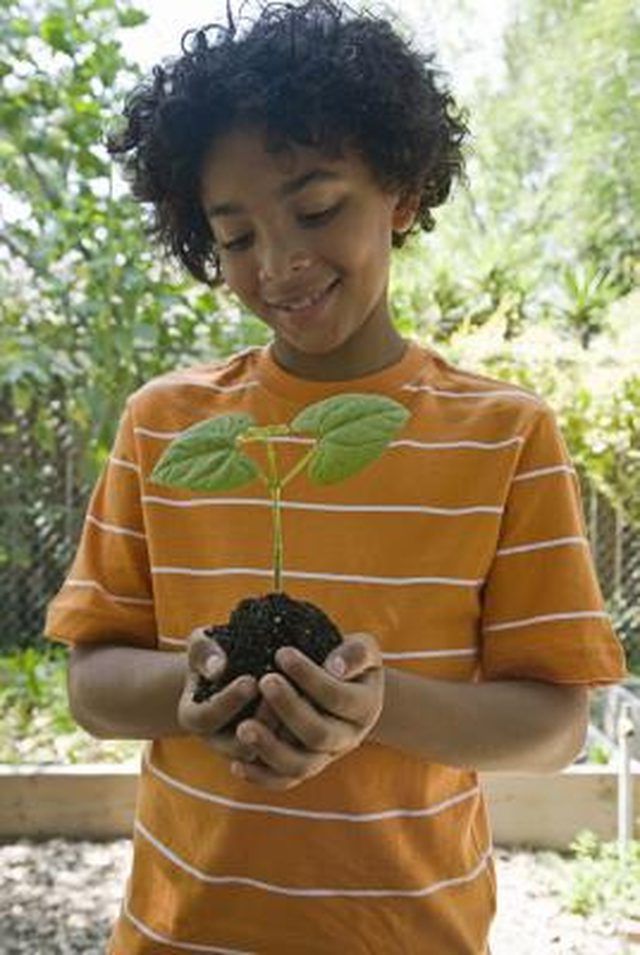Bulbs
Flower Basics
Flower Beds & Specialty Gardens
Flower Garden
Garden Furniture
Garden Gnomes
Garden Seeds
Garden Sheds
Garden Statues
Garden Tools & Supplies
Gardening Basics
Green & Organic
Groundcovers & Vines
Growing Annuals
Growing Basil
Growing Beans
Growing Berries
Growing Blueberries
Growing Cactus
Growing Corn
Growing Cotton
Growing Edibles
Growing Flowers
Growing Garlic
Growing Grapes
Growing Grass
Growing Herbs
Growing Jasmine
Growing Mint
Growing Mushrooms
Orchids
Growing Peanuts
Growing Perennials
Growing Plants
Growing Rosemary
Growing Roses
Growing Strawberries
Growing Sunflowers
Growing Thyme
Growing Tomatoes
Growing Tulips
Growing Vegetables
Herb Basics
Herb Garden
Indoor Growing
Landscaping Basics
Landscaping Patios
Landscaping Plants
Landscaping Shrubs
Landscaping Trees
Landscaping Walks & Pathways
Lawn Basics
Lawn Maintenance
Lawn Mowers
Lawn Ornaments
Lawn Planting
Lawn Tools
Outdoor Growing
Overall Landscape Planning
Pests, Weeds & Problems
Plant Basics
Rock Garden
Rose Garden
Shrubs
Soil
Specialty Gardens
Trees
Vegetable Garden
Yard Maintenance
Which Soil Is Best for Planting?
Which Soil Is Best for Planting?. The ideal planting soil is ultimately determined by the plants that are going to live in it. A mix of organic material and loose, sandy granules will satisfy most plants, but there are also hardy plants that thrive in less than perfect soils.

The ideal planting soil is ultimately determined by the plants that are going to live in it. A mix of organic material and loose, sandy granules will satisfy most plants, but there are also hardy plants that thrive in less than perfect soils.
Sandy Loam
Soil that is composed of medium-sized sand particles and rich in organic material is the best medium for growing the majority of plants. The sand granules keep the soil from compacting too much, enabling water and air to reach the plant roots. Decayed or decaying plant and animal matter contribute to the nutrition needed for the plants to grow. This type of soil is rare in the homeowner's yard, but it can be created.
Amended Top Soil
More common is a soil composed of varying proportions of sand, clay and stone that is determined by the gardener's geographic region. The construction process often leaves a gardening area scraped near the bedrock layer and then backfilled with the earth that was removed. With the addition of organic materials for nutrition and inorganic material to relieve compaction, the top soil of most regions can be turned into a favorable gardening medium.
Clay or Sand
Pure clay soils are friendly to certain plant species, but they are a difficult medium in which to grow most plants. Clay tends to hold water for long periods, or dry out completely and become hard. Water and air find it difficult to penetrate the compacted material. Sand creates the opposite environment. Water drains straight through the granules, leaving little opportunity for roots to search it out. It also lacks the organic nutrients necessary for growth, making sand appealing to a limited number of species as well.